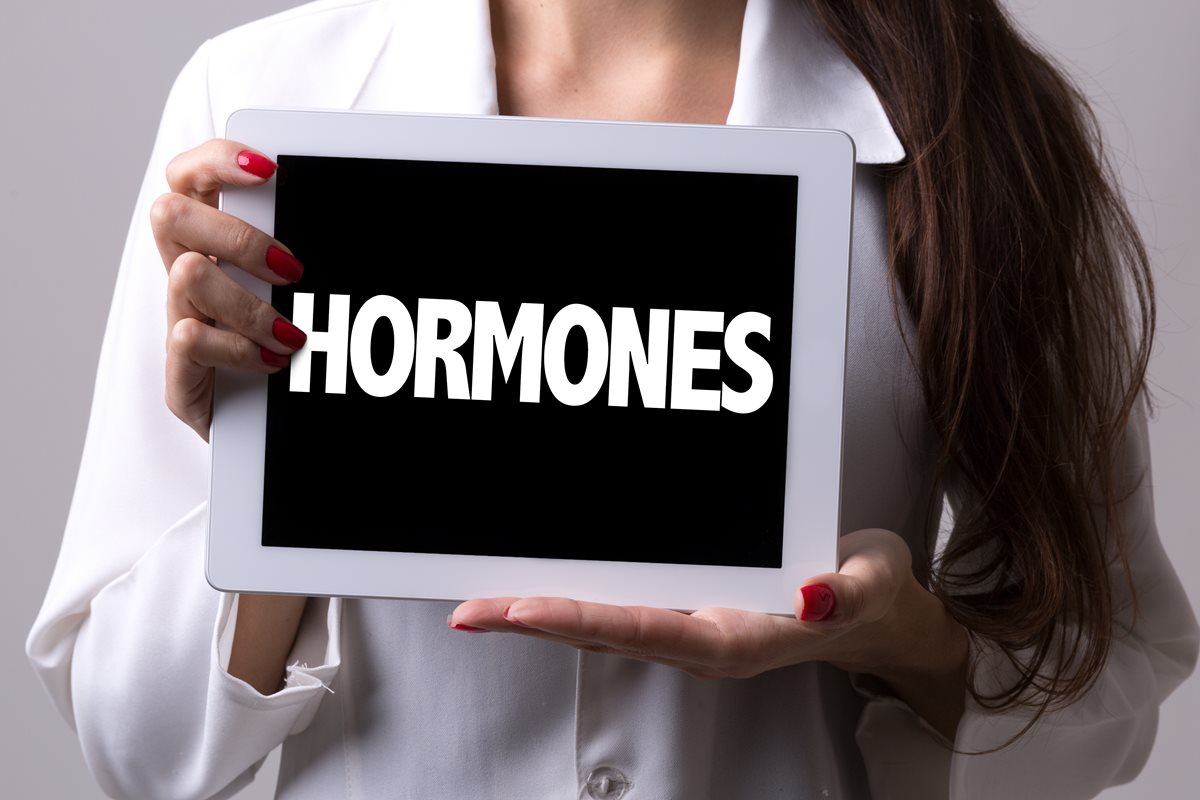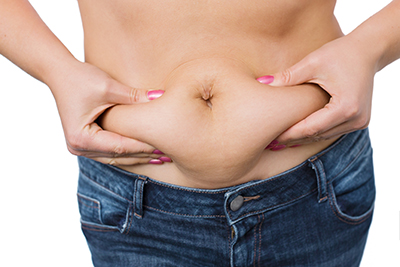Let's Talk About Testosterone
Some sports figures have abused it. Many men with “low T” have used it. But most women have been refused it. While over 25 testosterone products in the United States are available to men, for women, there are no FDA-approved testosterone products. For vaginal atrophy and pain with intercourse, only estrogen creams or pills are recommended.
The Rio Olympics highlighted the consequences of banned anabolic steroid use when many athletes and a few teams were prevented from competing. Prior Olympic medals are being questioned now in view of modern testing for banned substances. Androgen (anabolic) steroid abuse in sports has been seen in many strength-based sports but is best evidenced in baseball. The steroid era began in 1993, resulting in marked increases in batters’ “on-base percentages” and sluggers’ hits, which coincided with a sudden rise in the economic value of certain players and major league franchises. The benefits of enhanced strength and athletic performance from these steroids, unfortunately, were offset by increased cardiovascular pathology and cancers of the liver, prostate, and kidney.
In contrast, androgen deficiencies also negatively impact health. “Low T,” described by the American Endocrine Society as less than 300 ng/dL in men, does exist and has generated a nearly three-fold increase in prescription testosterone sales. So, what exactly does this hormone do? And why is it important?
Testosterone is produced in several tissues including testes, adrenal cortex, liver, ovaries, and brain from cholesterol-derived dehydroepiandrosterone (DHEA), dehydroepiandrosterone sulfate (DHEA-S), and androstenedione. They are called prehormones, which, when needed, act as inactive reservoirs for subsequent testosterone production. Most testosterone, in turn, also exists in an inactive state, because approximately 98% is bound to proteins called sex hormone binding globulin (SHBG-80%) and albumin (18%). Less than 2% of testosterone is “free” and not bound to a protein, therefore serving as the active hormone.
Testosterone produces its actions in three ways. It directly acts to stimulate protein production in muscle, improves insulin sensitivity, and reduces fat through lipolysis. And it can be converted to dihydrotestosterone (DHT). Dihydrotestosterone blood levels in men are one-tenth those of testosterone, but DHT is five times more active and is responsible for libido, spermatogenesis, muscle development, and bone density. It also can be aromatized to estradiol. Women have only one-tenth of the testosterone blood levels of men, yet their levels of testosterone are approximately ten-fold higher than those of estradiol, making testosterone the most abundant active hormone in the female body. In this complex system in women, androgens influence bone and muscle mass, fat distribution, sexual behavior, libido, thermal control, cognition, visual-spatial skills, and learning.
Age, unfortunately, alters the hormonal picture for both men and women. As men age, androgen levels steadily decline. Since low testosterone is associated with atherosclerotic lipid changes, increased visceral obesity, insulin resistance, and risk of type 2 diabetes mellitus, coronary artery disease becomes a natural consequence of this age-related androgen change. For women, there can be a more abrupt hormonal change, which for some begins even in their late 40s. Ovarian estradiol begins to drop during that period and is often very low in most women by age 52. Women’s androgen levels, in contrast, decline over 50% between age 20 and 40, but then remain stable from age 40 to 60 as a result of continued ovarian production. During those few years leading up to and into menopause, many women experience anxiety, depressed mood, decreased libido, and sleep disorders. Is this from the loss of estradiol alone, or is the ratio of estradiol to testosterone critical for women’s overall health?
Scientists have focused too long on changes in women’s estradiol levels as the sole explanation for their symptoms. Yet, usually the body does not function based on changes in only one hormone but instead functions as an integrated hormonal system. In Europe, transdermal androgen supplementation as a part of integrated hormonal therapy has been used for women during menopause for many years. Vaginal DHEA has been used to treat vaginal atrophy and decreased libido with some success. Testosterone in these low doses has not produced hepatotoxicity, uterine hyperplasia, altered cardiovascular function or coagulation changes, and may even reduce breast cancer risk.
The Food and Drug Administration (FDA) has been concerned with the long-term cardiovascular safety of testosterone therapy in women. As hormone management during menopause gains more acceptance and more long-term data are gathered, it is likely that in the United States and Canada, hormone replacement therapy for some will include the safe addition of testosterone.
By James Woods, M.D., and Elizabeth Warner, M.D.
James Woods | 10/19/2016




